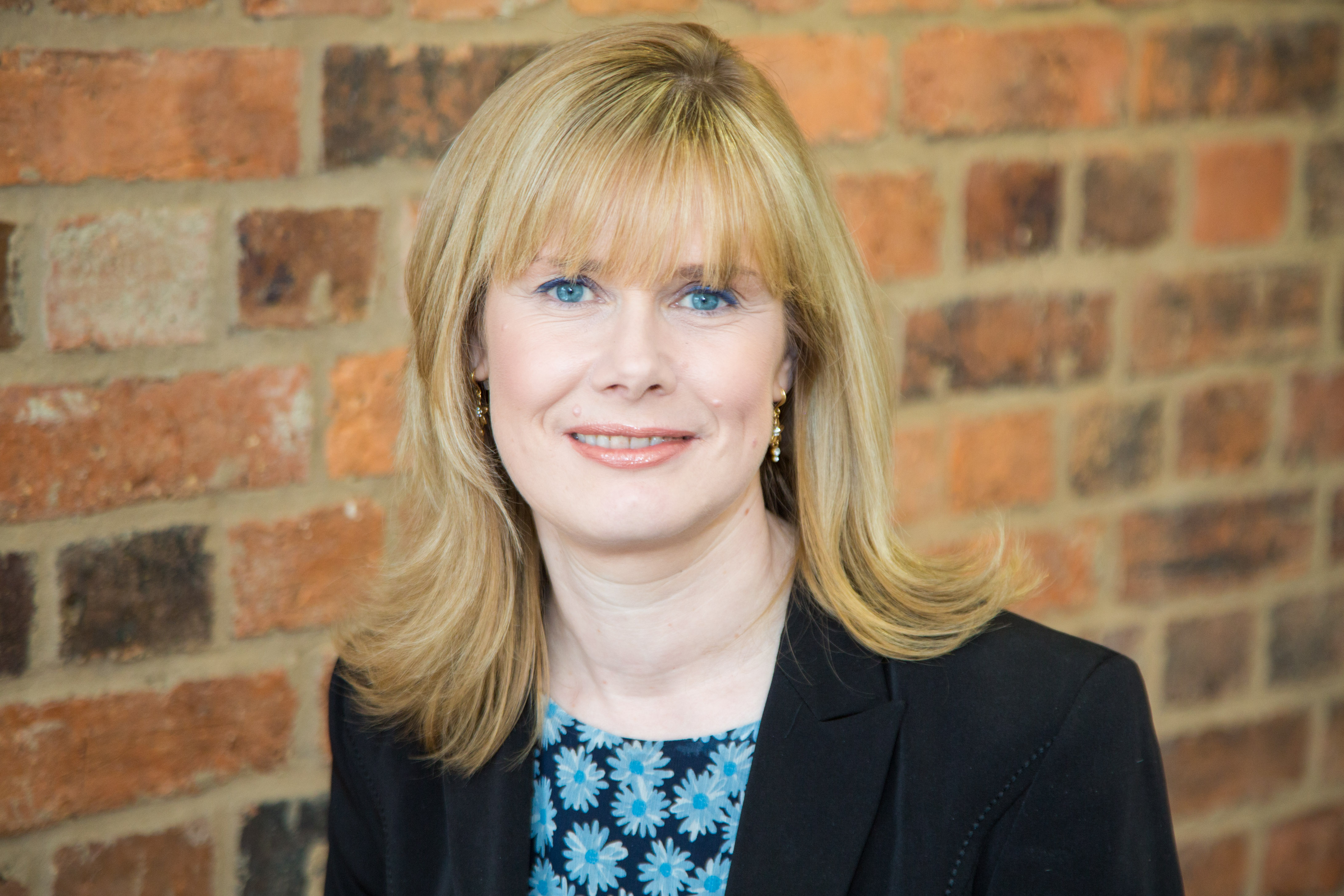Over the past few years, we have seen many changes to the tax allowances available to individuals. The latest of these was announced in this year’s March Budget, which introduced £5,000 dividend allowances for every person, as part of the major changes to dividend taxation.
Although most of these new allowances were introduced in the name of “simplification”, keeping track of all of them can be difficult, especially when there is a delay from when they are announced to when they take effect. Some of these allowances can also be reduced, withdrawn or denied depending on your circumstance and particular sources of income, so you may not be personally entitled to all of the allowances available.
The Personal Allowance an individual has, from 6 April this year, increased to £11,000. This is the amount an individual can receive tax free and it is the Government’s intention to increase the personal allowance to £12,500 by 2020. However, the personal allowance is withdrawn by £1 for every £2 when income exceeds £100,000. Therefore, generally, if your income is over £122,000 you would not be entitled to any personal allowance. As a result of this restriction, any income falling between £100,000 and £122,000 is taxed at an effective rate of 60%.
As mentioned above, a new Dividend Allowance of £5,000 per person was introduced in April 2016. The aim was to take the majority of taxpayers out of paying tax from the dividends they receive from their investments. However, as part of these changes, the effective tax rates on dividends were increased by 7.5%, so if you receive a large amount of dividend income, it is likely that your tax liability will increase.
April 2016 also saw the introduction of the Savings Allowance which aims to take the majority of taxpayers out of paying tax on the interest they receive. Now that banks, building societies and other financial institutions pay interest gross. The amount of this allowance depends on the level of an individual’s income. A basic rate taxpayer will receive an allowance of £1,000, a higher rate taxpayer will only receive an allowance of £500 and an additional rate taxpayer will not receive any allowance at all. It will be down to the individuals to notify HM Revenue and Customs if they have a tax liability on their bank interest.
From 6 April 2015, a spouse whose income is under the personal allowance can transfer up to 10% of their personal allowance to their spouse as long as they are not a higher rate taxpayer. This could result in an additional allowance of £1,100 and a tax saving of £220. As the take up of this relief has been quite slow, the government is now allowing claims to be backdated to previous tax years to ensure allowances are not lost.
When an individual rents a room out in their house, they you are able to claim Rent a Room Relief on the rental income received. Rental income up to £7,500 can be received each year tax free, although this amount would be halved if shared with another person.
If a person is lucky enough to be able to structure their finances in such a way to maximise the above reliefs, they could earn a total of £25,600 before they pay any income tax, made up as follows:
| Personal Allowance |
£11,000 |
| Dividend Allowance |
£5,000 |
| Savings Allowance |
£1,000 |
| Transferable Allowance |
£1,100 |
| Rent a Room Relief |
£7,500 |
| Total |
£25,600 |
In addition to these income tax reliefs, each person is entitled to a Capital Gains Tax annual exemption of £11,100. As a result, an individual could earn £36,700 without incurring a tax liability.
Clearly not all of these reliefs will be available to everyone, but what they show is that it is important that you keep your finances under review to ensure that you are maximising all of the reliefs which are available.
There are other reliefs which are not detailed above, such as the starting rate for savings, relief for pension contributions and gift aid donations, which could reduce your tax liability.
If you would like more advice regarding how your finances could be structured to make the most of the various allowances, please contact Rachael Dronfield.



